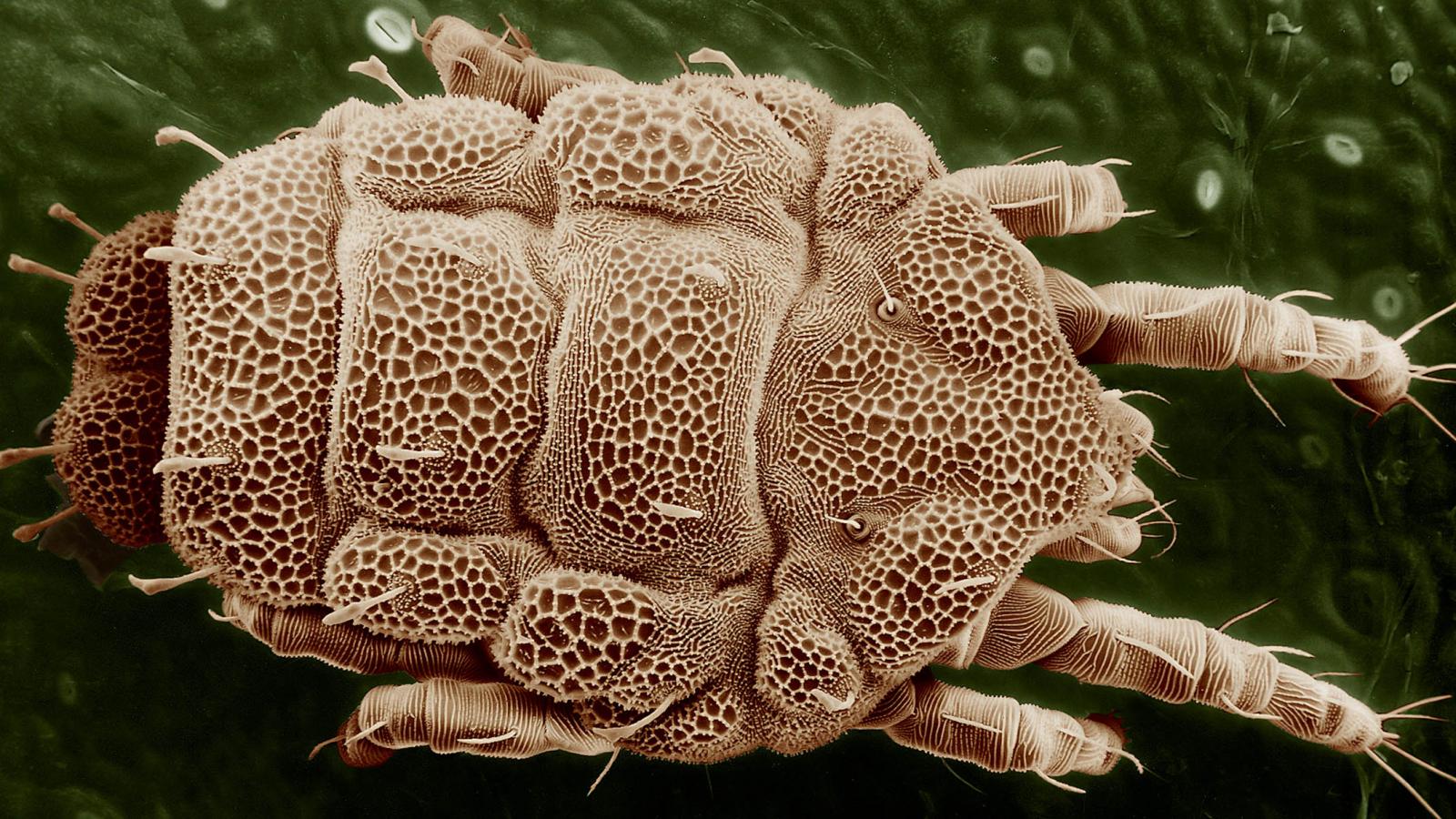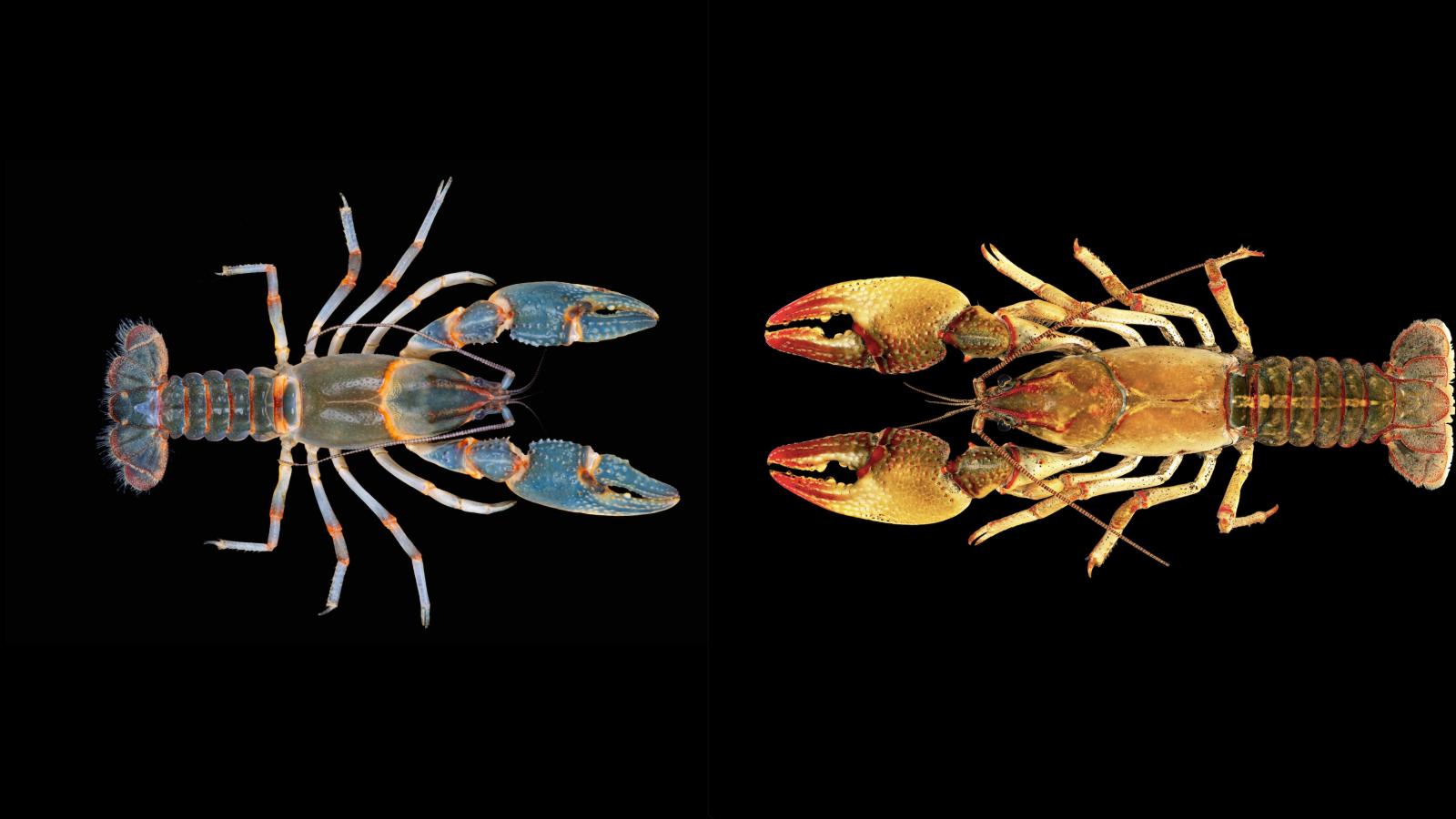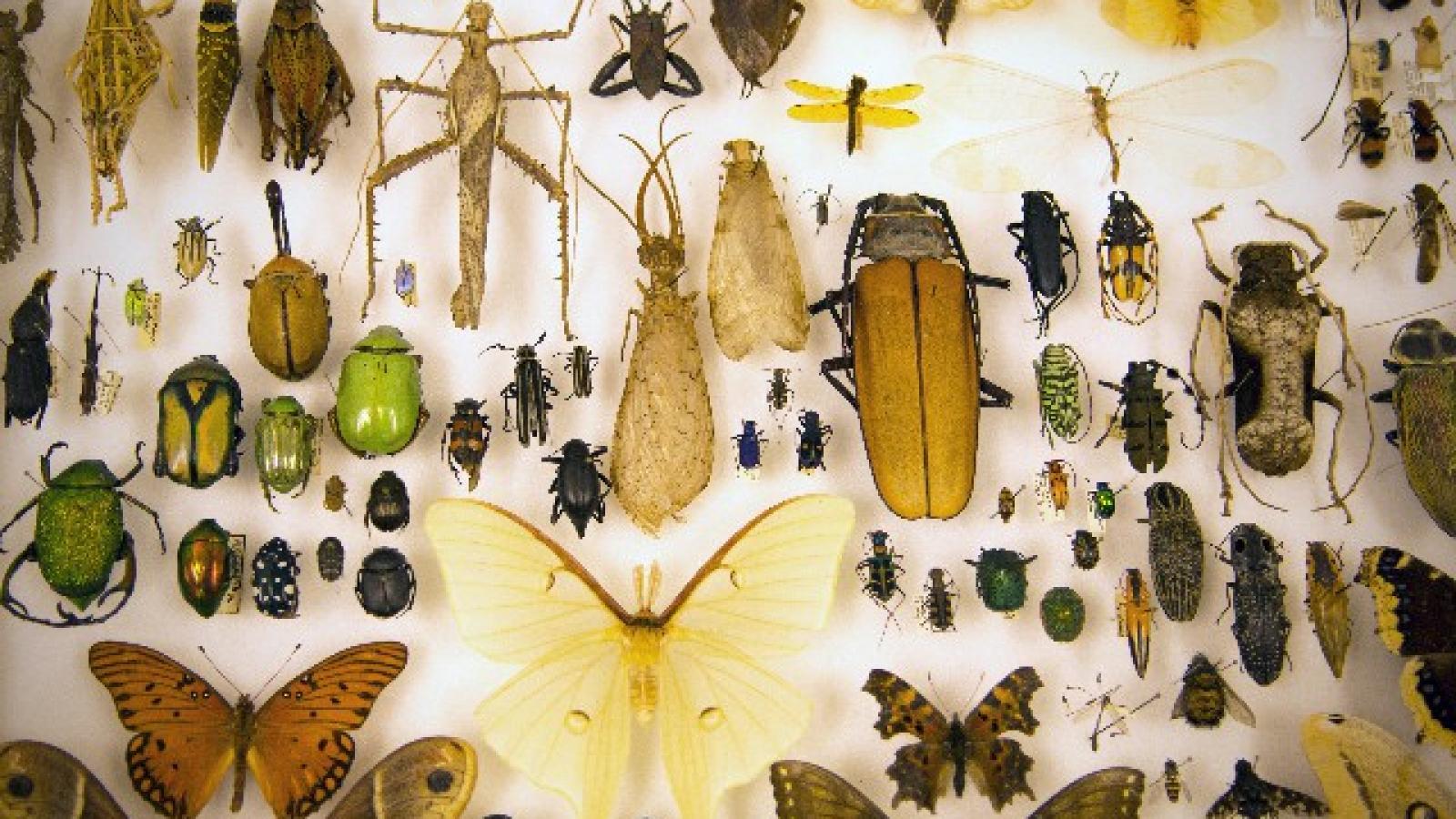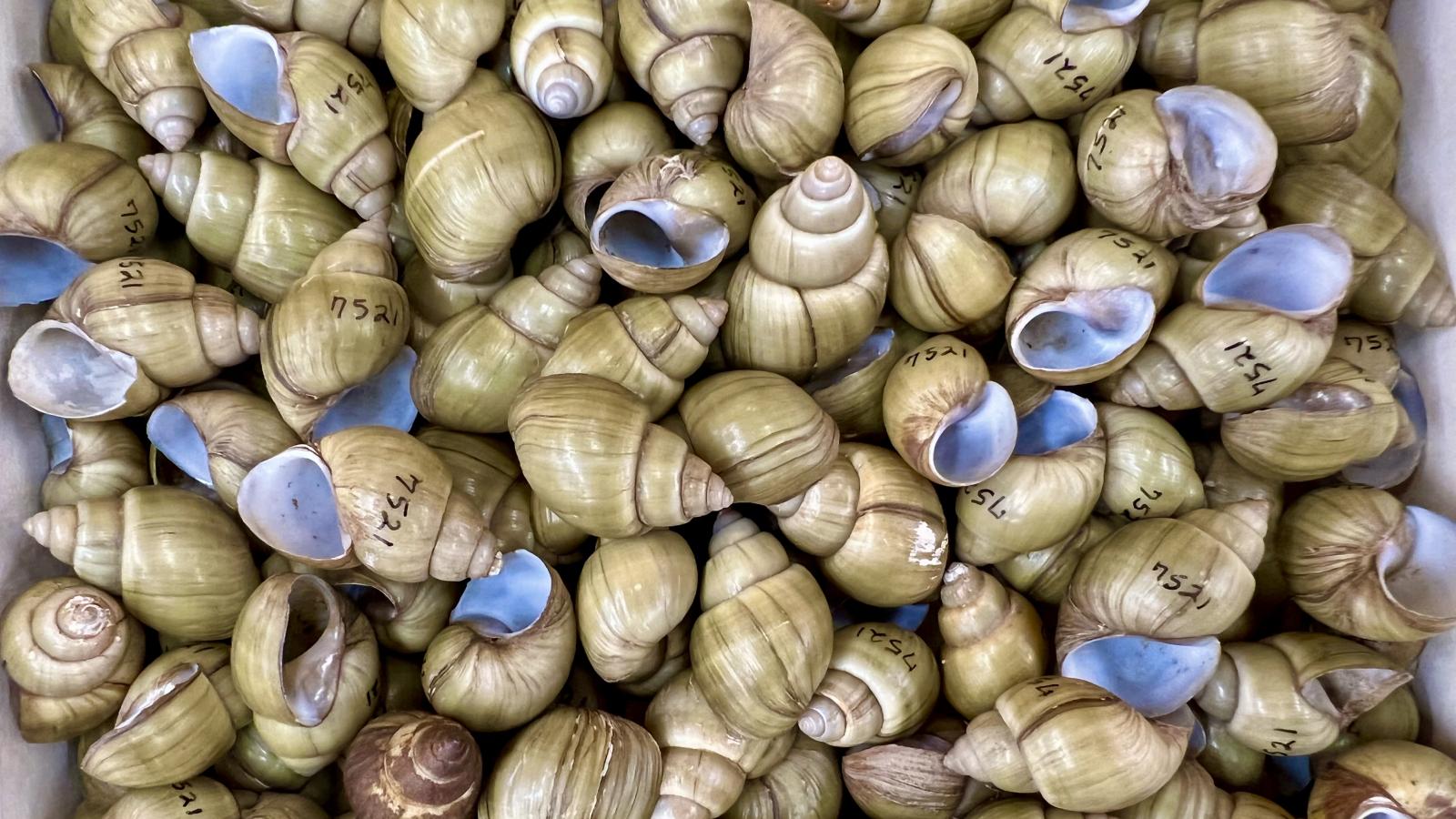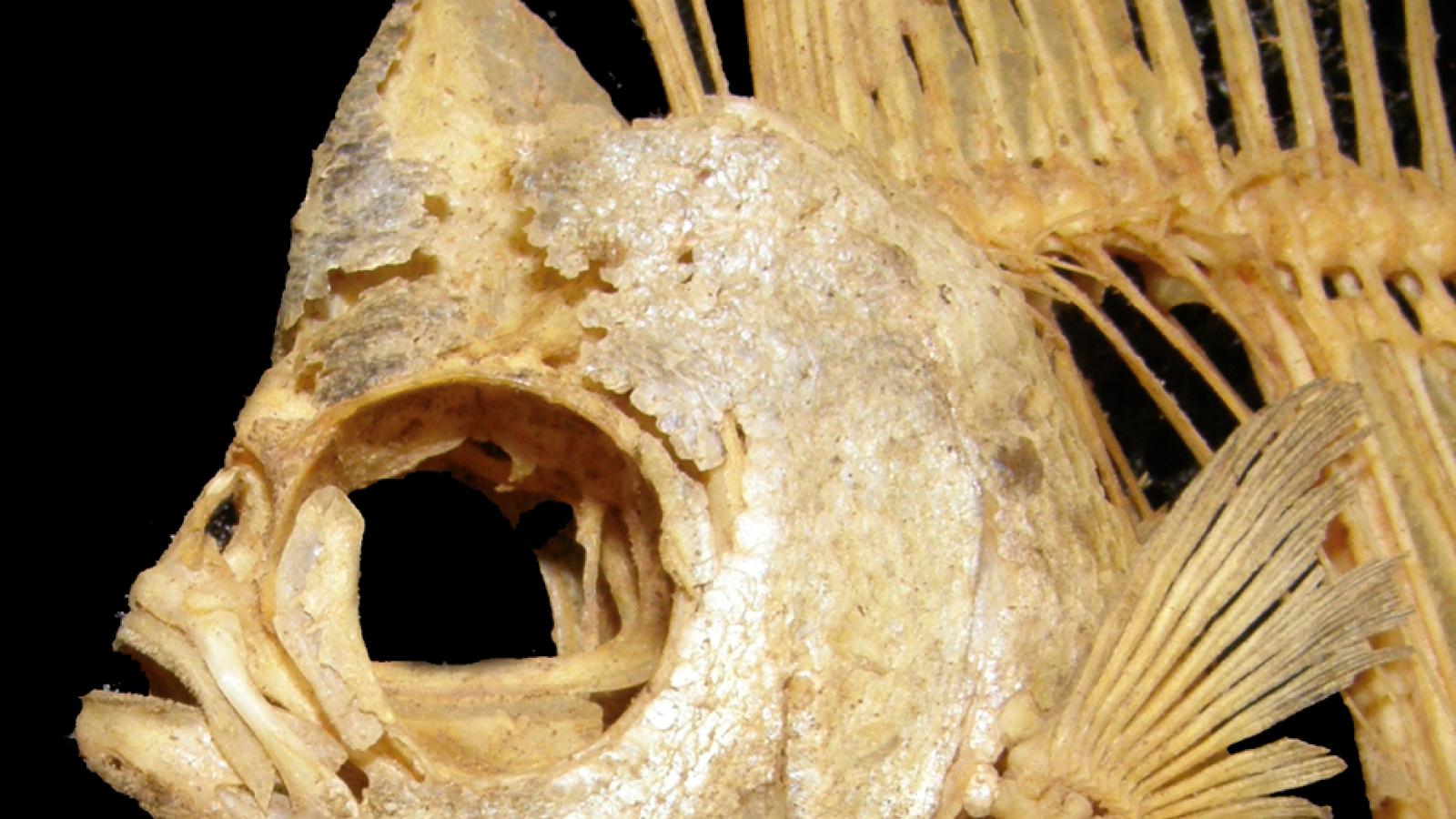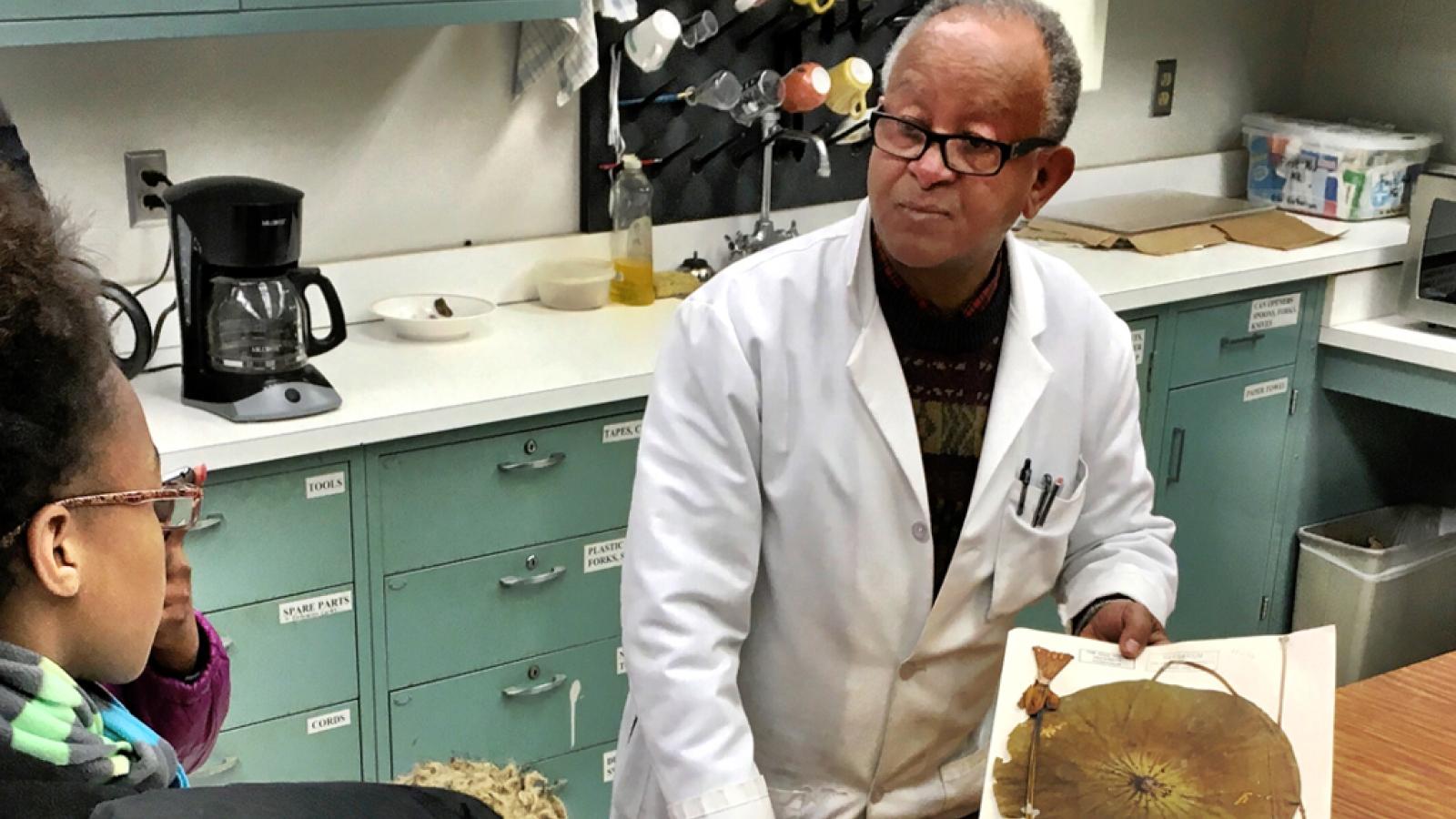Each of the divisions of the museum (and their constituent collections) has its own history and policies. All are involved in digitization projects to make collections data widely available online. Links are provided below to access specific collection webpages.
| Division | Collections/Labs | Faculty | Staff |
|---|---|---|---|
| Acarology Laboratory | Acarology Laboratory | Hans Klompen (Emeritus) | -- |
| C. A. Triplehorn Insect Collection | C. A. Triplehorn Insect Collection | Norman Johnson (Emeritus) | Luciana Musetti Sara Hemly Alejandro Figueroa-Ripoll |
| Division of Fishes | Fish Collection | Meg Daly | Marc Kibbey |
| Division of Tetrapods | Bryan Carstens | Tamaki Yuri | |
| Division of Invertebrate Zoology | Gastropods + All Other Mollusks Crustaceans | Meg Daly | Nate Shoobs |
| Herbarium | Herbarium | Tod Stuessy (Emeritus) Bob Klips (Emeritus) |
--
In addition to these specimen-based collections, the following research labs and are housed at the museum:
| Lab | Faculty | Staff |
|---|---|---|
| Adams Mega Ant Lab | Rachelle Adams | John Pyles |
| Aquatic Biogeochemistry Laboratory | James Bauer | -- |
| Freudenstein Lab | John Freudenstein | -- |
| Hellmann Lab | Jennifer Hellmann | -- |
| Live Ant Collections | Rachelle Adams | John Pyles |
| Laboratory of Marine Invertebrate Diversity | Meg Daly | -- |
| Molecular Ecology, Systematics, and Phylogeography | Bryan Carstens | -- |
Acarology
Initiated by George W. Wharton in 1951, the Acarology collection is considered one of the best and most extensive tick and mite collections in North America. Over 150,000 determined and considerably more than one million undetermined specimens are included, preserved either in alcohol or on microscope slides. The geographic range is worldwide. The collections get extensive use during the annual Acarology Summer Program, currently the foremost training workshop in systematic acarology in the world.
C. A. Triplehorn Insect Collection
The Triplehorn Insect Collection is comprised of over 4 million specimens, including one of the world's largest leafhopper collections. Initiated by Professor Josef N. Knull in 1934, the collection has strong holdings in the Coleoptera, Hemiptera, Diptera, Hymenoptera, Odonata, and Orthoptera. Ongoing research is focused on the systematics of parasitic wasps. In 2021 the Triplehorn Collection was awarded nearly half a million dollars from the National Science Foundation for the curation and upgrade of the beetle holdings, which number in the hundreds of thousands.
Borror Lab of Bioaccoustics
The Borror Laboratory of Bioacoustics is one of the leading collections of animal sounds in the United States. The Laboratory is named for Dr. Donald J. Borror, an entomologist and ornithologist who was a pioneer in the field of bioacoustics and contributed many recordings. Today the sound collection contains almost 50,000 recordings of >1,600 species of birds and more than 2,000 recordings of 288 species of arthropods. Recordings of mammal (103), amphibian (77), reptile (11), and fish (3) species are also part of the collection. The recordings are widely used for research but also for museum displays and commercial applications such as bird identification apps for mobile devices and in movies.
Fishes
The collections of Dr. Albert Tuttle, OSU's first zoologist, were the beginning of the OSUM Fish Division circa 1874. Officially recognized in 1895, the fish collections grew and moved successively from the attic of the Botany and Zoology Building, OSU's Biological Station at Cedar Point, Ohio State Historical Society, Franz Theodore Stone Laboratory on Gibraltar Island, the basement of Sullivant Hall, to the current location. The fish collections are primarily used as a resource for systematics research and publication, laboratory teaching at the university level and for public education. In addition, they are also used as a basis for comparative studies, geographic range information, ecological assessments and environmental impact statements. Voucher specimens are deposited with the collection by a number of researchers and agencies to anchor reports and publications.
Herbarium
The Herbarium began as a series of collections made soon after the founding of the university, but we date the official founding as 1891 by William A. Kellerman, the University's first botany professor, and it currently comprises approximately 500,000 specimens of vascular plants, bryophytes, lichens, algae and diatoms, fleshy fungi, and slime molds. The emphases are on flora of eastern North America (especially Ohio) and of temperate South America, but many of the collections have good general geographical coverage. The Herbarium library is a significant collection of books and serials, including archival materials and rare items pertaining to systematic botany. It also houses the Rudolph book collection.
Mollusks
The Division of Mollusks at OSU MBD has a collection of >1.5 million dry and >110,000 fluid-preserved molluscan specimens in ~100,000 cataloged lots (of which ~27,000 are fluid-preserved). We are 13th largest collection of mollusks in North America by number of lots, and the second fastest-growing mollusk collection in the country over the last half century. The bivalve collection contains ~86,000 catalogued lots, 99% of which are from the US and Canada. 96% of the lots are species of the family Unionidae, the freshwater pearly mussels; making it the largest collection of unionid bivalves in the world. The gastropod collection, catalogued separately and stored in a neighboring room, is smaller, though more diverse taxonomically and geographically. It contains ~32,000 lots of land, freshwater, and marine snails from around the world, and boasts the 3rd largest collection of North American pleurocerid snails in the world.
Crustacean Collection
The Crustacean Collection contains over 10,000 lots of freshwater crayfish, shrimp, and isopods. The collection houses material from state and regional surveys conducted by OSU faculty, staff, and affiliates, and is especially strong in freshwater crayfish from Ohio, West Virginia, Indiana, and Pennsylvania. The collection is rich in type material of North American crayfish. The research collections and type material of researchers Rendell Rhoades, Ray F. Jezerinac, Roger F. Thoma, Mael G. Glon, and Thomas P. Simon are housed in the collection.
Tetrapods
The Division of Tetrapods (amphibians, reptiles, birds and mammals) is an important repository of Ohio and North American species and of some research expeditions worldwide. The collections were established shortly after the founding of The Ohio State University in 1870 and grew through collection efforts of OSU faculty. Today the collections house more than 4,600 fluid cataloged lots of amphibians, 1,800 lots of reptiles, 17,000 bird and 7,000 mammal specimens, and 5,000 bird egg sets. The specimens are used for research and teaching as well as for the occasional art projects.

